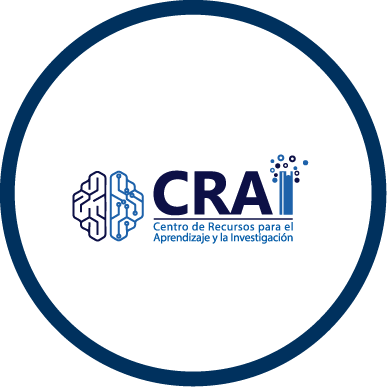Evaluación de la penetración del aceite de extracto de cáscara de limón toronjo a través de la dentina usado en la desobturación de conductos para el retratamiento endodóntico sobre dientes naturales frescos.
The current technique for unclogging ducts involves the use of xylol, an ether-based solvent that in high concentration or exposure time can be toxic. It has been proven that lemon extract can dissolve gutta-percha, but the permeability of this molecule in dental tissues is unknown. The objective of...
Saved in:
| Main Authors: | , , |
|---|---|
| Other Authors: | |
| Format: | Tesis/Trabajo de grado - Monografía - Pregrado |
| Language: | Español |
| Published: |
Universidad Antonio Nariño
2025
|
| Subjects: | |
| Online Access: | https://repositorio.uan.edu.co/handle/123456789/12234 |
| Tags: |
Add Tag
No Tags, Be the first to tag this record!
|
| Summary: | The current technique for unclogging ducts involves the use of xylol, an ether-based solvent that in high
concentration or exposure time can be toxic. It has been proven that lemon extract can dissolve gutta-percha,
but the permeability of this molecule in dental tissues is unknown. The objective of this work is to evaluate
the permeability of the lemon extract molecule in the root dentin of natural teeth.
An in vitro experimental study will be carried out on a sample of 30 natural teeth obtained from the tooth
bank of the Antonio Nariño University. The teeth will undergo conventional filling with gutta-percha and
will subsequently be unblocked with two techniques: with xylol (n=12) and with lemon extract (n=12). The
teeth are cut transversely and will be analyzed in scanning electron microscopy with x-ray diffraction
analysis. The evidence of residues of components of the two solvents in the internal (zone 1), middle (zone
2) and external (zone 3) dentin of each tooth was evaluated. The data were tabulated and compared with
Student's t test for unpaired data (p<0.05). Results. It was identified that the two methods performed partial
unclogging with average percentages of 97.1% xylol and 96.3% without significant differences (p=0.34).
Elements such as Ca, Fe, Na, Mg, C, O, Ni were identified mainly in the two samples. The Carbon found
corresponds to components of the two different solvents, in zone 1 an atomic percentage of carbon of
34.15% was found for lemon and 37.49 for xylol, in zone 2 with a carbon percentage of 33.99% of lemon
oil and 34.59% for xylol, in zone 3 the presence of carbon is evident in 35.57% in lemon oil sample and
38.73 in xylol. The differences were significant in the 3 areas (p<0.05). Conclusions. Lemon peel extract
is an effective gutta-percha solvent. Both Xylol and Extract pass through the entire dentin, although the
extract is significantly less. The carbon residues found in Xylol correspond to benzene molecules, while
those in the extract correspond to a terpene, which makes it less toxic and more beneficial. |
|---|




